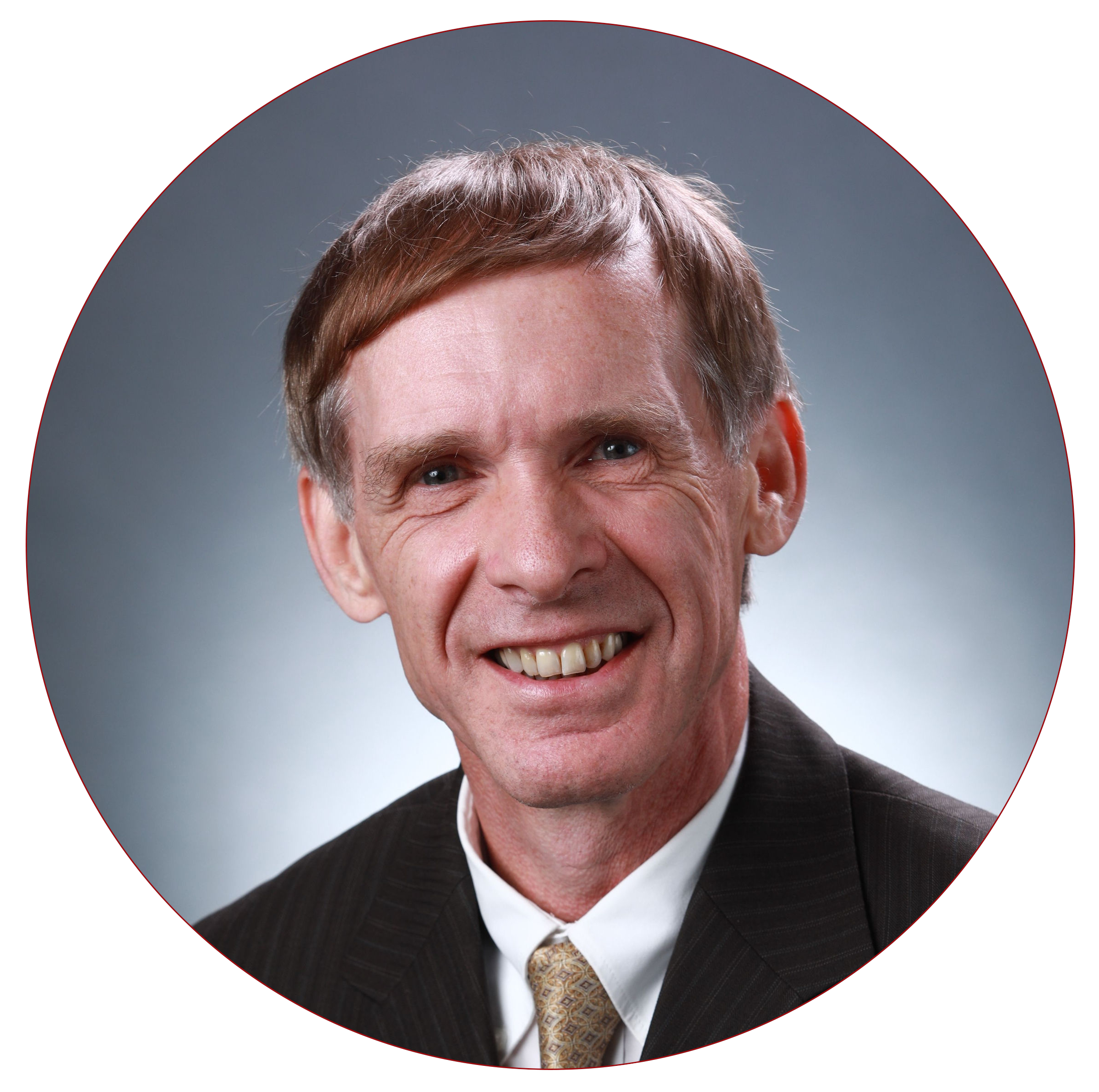James Fidler, PhD, AMT Director of Testing and Competency Assurance brings together a wealth of resources, both practical and theoretical, to develop certifications for allied health professionals.
Test development at AMT is led by James Fidler, PhD, AMT Director of Testing and Competency Assurance, working in conjunction with teams of subject-matter experts that are actively working or teaching in their fields and who volunteer their time and expertise. Recently Jim co-authored with his AMT colleague Nicole Risk, PhD, a study published in Educational Measurement: Issues and Practice, “A comparison of two alternate scaling approaches employed for task analyses in credentialing examination development.”
Here is some background on how Jim brings together a wealth of resources, both practical and theoretical, to create the credentials carried by tens of thousands of allied health professionals across the US and abroad.
How did you get into the business of developing certifications for allied health professionals?
JF: My interest in psychometrics reaches back to my undergraduate studies at Loyola University Chicago. As an aspect of an extraordinarily well-rounded program in social science methodologies (as a psychology major) students were offered the opportunity to take a laboratory course in “tests and measures.” Not only did we study and attempt a number of well-known assessments, we were expected to develop our own tests as well. It was at this stage that I became quite interested in testing. Fast forward to the end of graduate studies – when it was time to apply in practice all of the methodological knowledge I had acquired, I knew I wanted to work in testing. I was fortunate to find a path to AMT, where my testing knowledge and interests would support the development of health practitioner certification examinations.
How do you stay current in your profession?
JF: Staying current is an important part of the job just as it is for AMT members. Keeping tabs on the state of the art—in both testing AND certification involves subscribing to, reading, and even submitting articles to professional journals in the field, establishing professional relationships and exchanging ideas with colleagues in the fields of testing and certification, attending professional conferences and technical workshops, participating in the activities of professional organizations, keeping track of the most contemporary textbooks and securing them as resources, and regularly obtaining information available from myriad on-line resources, to name but a few.
What is your favorite part of the job?
JF: I would not be able to pick just one thing as my favorite. Certainly, the opportunity to work with AMT’s highly-accomplished, dedicated, and exemplary subject matter experts would rate at the top. Everyone is universally enjoyable to work with – it is a true pleasure – and I regularly walk away inspired by the energy and interactions. On the technical side, the chance to apply state-of-the-art methodologies to operational testing environments is what every testing professional would hope to be able to do, and AMT offers that opportunity in abundance.
What keeps it fresh for you?
JF: It is important to always work as if you’ve not yet been given the job. There are many factors, but an attitude of thoughtful productivity for the organization that has entrusted tasks to you and starting off every week with some conscious thought of returning to do your best is refreshing. To be honest, I’ve never had a day in which I did not feel challenged – that helps too!
What has changed over the years in AMT certifications?
JF: A major change would be the migration from paper-and-pencil testing to computer-based testing. There are a number of underlying elements that change along with the migration that must be addressed, that might not be apparent on the surface. Another major technical change involves the inclusion of Item Response Theory models in the measurement of ability. While not necessarily at the top of everyone’s conversation list, the contemporary approaches to measurement greatly increase our capacity to scale candidate ability on a more solid “yardstick.”
 Since joining AMT in 1985, Jim has led the development of six professional certifications and currently maintains with his colleague Nicole Risk and the teams of subject matter experts eight separate certifications (with a ninth program currently in development).
Since joining AMT in 1985, Jim has led the development of six professional certifications and currently maintains with his colleague Nicole Risk and the teams of subject matter experts eight separate certifications (with a ninth program currently in development).
Read about how Dr. Fidler explains what lies beneath an AMT credential. Like anything that appears simple, it belies years of skill and experience and devotion to the craft.